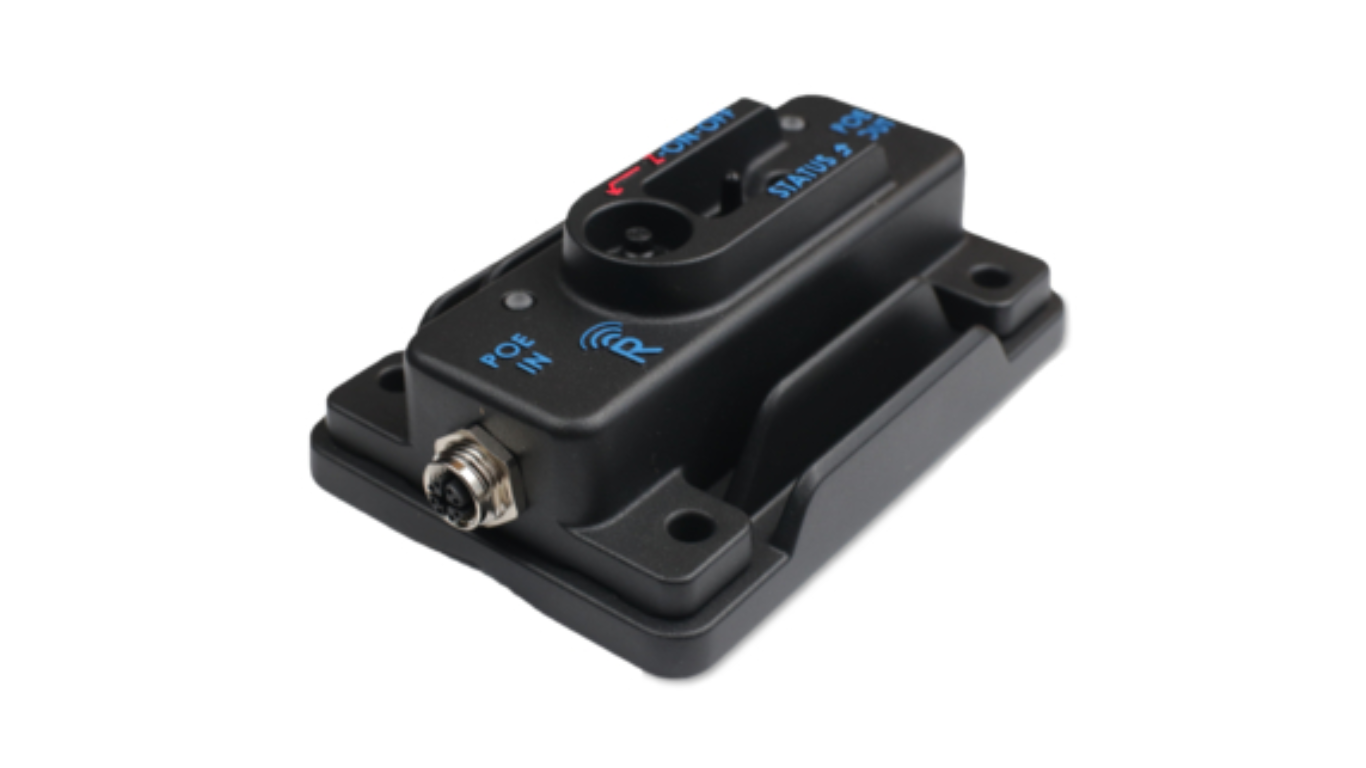Step into any busy auto repair shop on a Monday morning, and you’ll see it, a dance of chaos and coordination (George R.R. Martin style)
The lined-up cars are plenty, the phones are buzzing with questions about new appointments, and the techs are haphazardly just going between the bays. Every minute lost in a business that thrives on minutes will be felt throughout the day. And nothing makes a shop go slower than a clunky old-fashioned inventory system.
You may have the finest technicians in the town, and the most loyal customers in the neighborhood, but when your team is stuck waiting on parts or chasing down invoices, are you really making any progress?
Slow inventory is not only inconvenient. It is a silent productivity, accuracy, and customer satisfaction killer..
The Hidden Cost of Just Getting By
Most shop owners don’t realize how much slow inventory management is costing them. A missing part here, an ordering mistake there, it doesn’t feel like a big deal in the moment. But stack those moments across a month, and you’re looking at:
- Lost hours
- Frustrated staff
- Delayed repairs
- Annoyed customers
Each time a technician goes to check if an oil filter is in stock or a manager spends twenty minutes on the phone to see where a shipment is, that is time not spent repairing cars.
That’s labor paid for but not producing value. It’s the kind of inefficiency that doesn’t show up on an invoice but still drains your bottom line.
And even a small delay can lead to negative reviews or lost business.
When Speed Meets Complexity
Current automotive businesses are hectic and competitive. You are managing several bays, parts suppliers, and customers, and you have to work with complicated vehicles that demand accuracy.
And if you’re still counting your inventory the same way shops did ten years ago, with the use of a clipboard, spreadsheet, and a lot of guesswork, then you’re making your work harder.
In 2025, speed and data go hand in hand, and modern technology guarantees both.
Technology as the Game-Changer
This is where auto parts inventory management software steps in. The best shops are not only quicker because they are more industrious, but also because they are smarter.
Today’s modern inventory systems automate the inventory tracking, ordering, and stocking process, providing you with real-time access to what is available, what is being ordered, and what is nearly out of stock.
Need a specific brake pad? You know exactly where it is. Low on oil filters? The system automatically flags you when a part reaches its minimum threshold so you can reorder. Plus, it’s connected to your work orders and job scheduling, so you can easily gauge and inform customers when their parts arrive.
Beyond convenience, automation reduces waste. It prevents overstocking of slow-moving items and ensures you never run out of essentials.
The Real Business Impact
Let’s put this into perspective: an average shop loses hours each week to inefficient inventory management. Over a year, that’s hundreds of hours in lost productivity. But the cost is reputation.
Customers begin to doubt your reliability when a repair takes longer than promised due to a part being out of stock. And when trust is lost, it is hard to win again.
Modern systems eliminate those cracks in the process. With automated tracking, every job starts on time. With data-driven insights, you can forecast demand and align your stock with actual business trends. Over time, this builds customer confidence.
When a customer sees that your shop runs like a well-oiled machine, they’re not just impressed. They remember it. And they come back.
Building a Shop That Runs at the Speed of Business
The future of auto repair business lies in finding a middle ground between accuracy and speed.
Automation and smart inventory control are the need of the hour. They relieve your employees of the burden of worrying about the little things that keep your business afloat, providing good service and keeping your customers on the road.
Slow systems create drag. Smart systems create momentum. The choice between the two defines whether your shop keeps up or gets left behind.
Conclusion
In today’s market, speed is survival. But speed without structure leads to chaos. That’s why the smartest auto shops are embracing technology that keeps their inventory as fast and flexible as the rest of their operation.
Every minute counts. Every part matters. And in a business built on movement, the slowest system always sets the pace. So, ask yourself, what’s holding your shop back?
Because in 2025, slow inventory doesn’t just cost you time. It costs you everything.
Article received via email






























